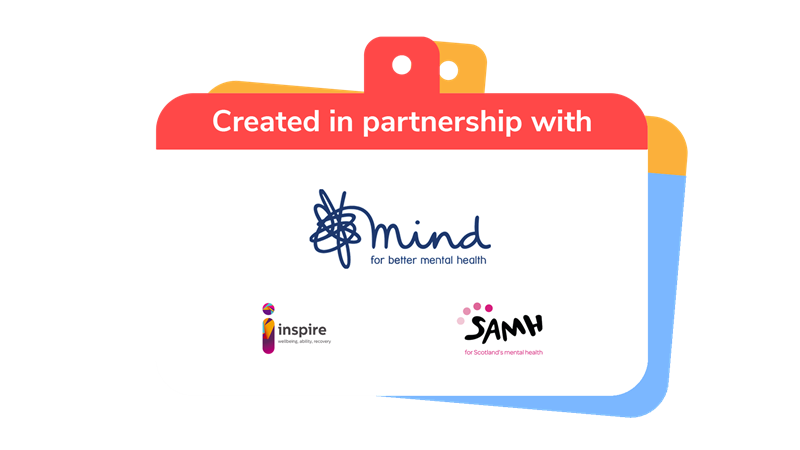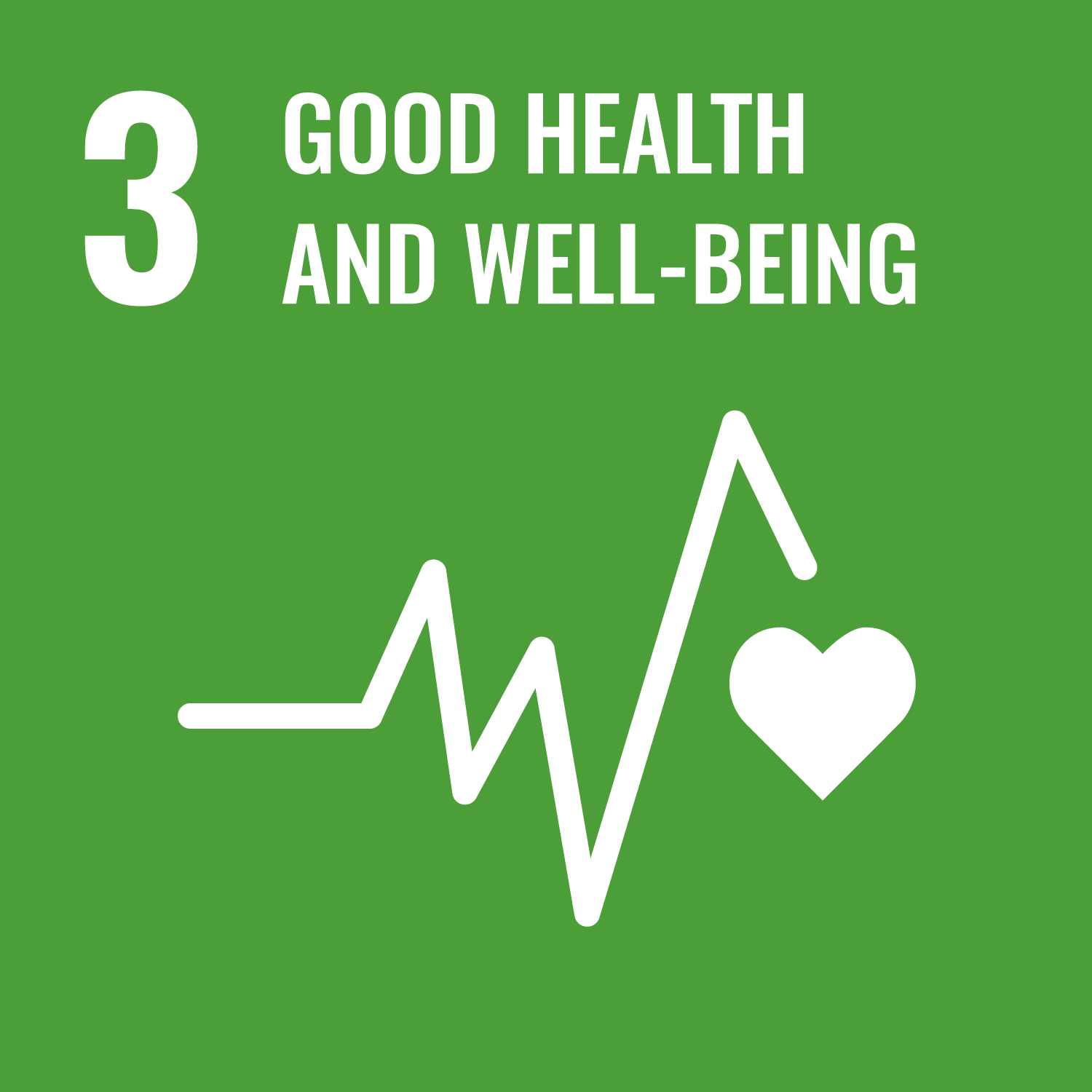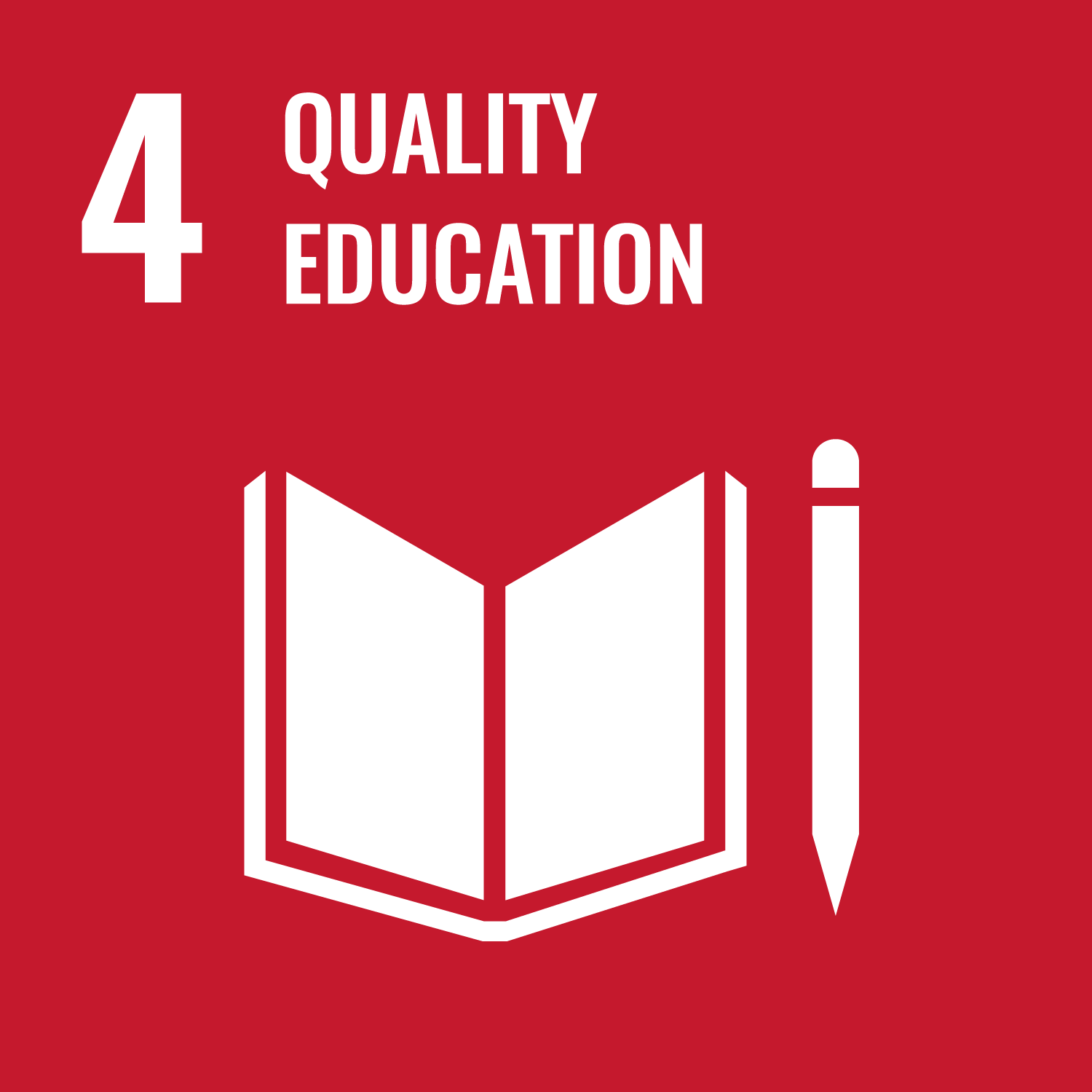
Vlog or blog for better mental health
You’ll need
- Access to a computer
- Access to the internet
- Device to show photos, videos, or slides
- Device to take photos/videos
- Access to video editing software (there are plenty of free ones online!)
Before you begin
- Make sure all of the Explorers have read the guidance around online safety.
- For the grown-ups, there’s general guidance on mental health
- Mind has information about online mental health and telling your story. For more guidance on online safety, check out Get Safe Online, the UK Safer Internet Centre, or the NSPCC.
- If you’re making videos, there are plenty of free options for editing software. There may already be some on your devices or you could download a free app.
Plan it
- Everyone should decide whether they want to make a vlog or a blog.
- Everyone should think about what they’d like to share on the topic of mental health. They could think about facts and information, advice and tips for boosting wellbeing, or personal experiences.
If anyone’s thinking of sharing personal experiences, check out the ‘Things to consider’ section below. It can be a big decision to make.
- Everyone should think about their audience – who will they aim their blog or vlog at? What would they like them to know? How will they engage them?
- Now they know what they’re making, their topic, and their audience, everyone should plan the content of their vlog or blog. They should decide whether it’ll be funny or serious, and choose a format too. For example, do they want to present some wellbeing tips, create a how-to for a wellbeing-boosting craft, bust some common myths, or tell their own story?
It’s really important that you don’t include triggering content – head to ‘Things to consider’ to find out more about what to avoid.
- Everyone should think about the skills and equipment they’ll need. Will they need filming equipment, or a laptop to write on? Where will they share their creations (for example, on their group’s social media or by emailing it to Mind, SAMH, or Inspire)? Do they need to think about anything else (for example, images to go alongside writing or props for a vlog)?
Make it
- Everyone should get stuck in with their camera, keyboard, or pen to create their vlog or blog.
- Vloggers should set up the camera so it’s facing them. They should try to speak slowly and clearly, so it’s easy to understand them. It doesn’t matter if they don’t get it right first time – it’s usually easy to put clips together with basic editing software. It’s OK if people want an adult to help with this.
- Bloggers should try to find a quiet space to gather and share their thoughts. When it comes to words, between 400 and 600 words is ideal (though, of course, it all depends on the person and what they have to say). It’s good to find a balance between having enough information and being overwhelming.
- Once everyone has a solid first draft, they should ask a friend to take a look. Do they have any advice on how to improve it? Making edits is an important part of any creative process.
Share it
- Everyone should share their vlog or blog as they planned. They could put it online, or just to share it with friends and family.
Things to consider
- Talking about mental health is important, but sharing your own experiences or stories can be a big step to take. No one should share their experiences unless they understand all the potential consequences and feel totally ready and comfortable. Mind suggests that people should ‘feel well enough to share their story’ – and it’s important that people think through the consequences of their story being available to everyone including family, friends, and people they haven’t met yet (for example, future friends or employers).
- Remember that blogs and vlogs can receive comments. What will you do to make sure people aren’t negatively affected? You could refer commenters to MIND, SAMH, or Inspire for more information.
- It’s important that people don’t include content that’s likely to trigger other people, for example, photos, detailed descriptions, or methods when talking about self-harm, disordered eating, or suicide.
- Don’t worry if people don’t have any experiences that they want to share – you could focus on positive wellbeing tips or facts you’ve learned. If making individual blogs or vlogs isn’t right for your group, you could make a group video using a script.

This activity helps contribute towards some of the UN's Sustainable Development Goals. Find out more about the SDGs, and how Scouts across the world are getting involved.




Reflection
This activity was one way to help other people. When people read blogs or watch vlogs from about people going through similar experiences to them, it can have a big impact and help them feel less alone. Mind says that people often comment ‘you’ve put into words how I feel’ on their guest blogs. How else might vlogs and blogs about mental health help people experiencing mental health problems? They could explain potential sources of support, help beat stigma or bust myths, or offer small, practical, tips to boost wellbeing. They could also encourage people to campaign for changes that will make a huge difference. Do you think people who aren’t experiencing mental health problems also benefit from these blogs or vlogs? It’s likely that lots will – either because they’ll find out more about mental health or try some wellbeing boosting activities for themselves.
This activity was also about communication through technology. Did people enjoy using technology to share their thoughts? Did lots of people see the vlogs or blogs? Did anyone respond? Sometimes people find some topics trickier to talk about. How easy is it to talk about mental health? Does stigma impact on how easy it is? Is stigma getting better or worse? How else can people use their communication skills to raise awareness and tackle stigma?
Safety
All activities must be safely managed. You must complete a thorough risk assessment and take appropriate steps to reduce risk. Use the safety checklist to help you plan and risk assess your activity. Always get approval for the activity, and have suitable supervision and an InTouch process.
- Online safety
Supervise young people when they’re online and give them advice about staying safe. Take a look at our online safety or bullying guidance. The NSPCC offers more advice and guidance, too. If you want to know more about specific social networks and games, Childnet has information and safety tips for apps. You can also report anything that’s worried you online to the Child Exploitation and Online Protection Command. As always, if you’ve got concerns about a young person’s welfare, including their online experiences, follow the Yellow Card to make a report.
- Phones and cameras
Make sure parents and carers are aware and have given consent for photography.
If you’re ready to push your video editing skills to the limit, why not make one big video as a group? Be creative about how you split it up – lots of people could appear on screen, but there are plenty of other roles too.
Make your blog or vlog more ambitious. It’s up to you whether you add (non-triggering) illustrations or photos to blogs, or experiment with backgrounds or locations in vlogs. How could these affect the viewer and your message?
How will you make your vlogs and blogs accessible? For example, will you add subtitles to vlogs or alt text to images on blogs?
People should be free to use whatever assistive technology they like.
If anyone struggles with spelling or grammar, someone else could be their ‘editor’ to help them out. Some of the best writers ask other people to proof their work and fix the little mistakes.
Mental health is complicated – positive wellbeing activities can’t always make mental health problems better (no matter how great they are). This isn’t anybody’s fault, and it’s always OK to need some more support for mental health problems. Remind people that talking to a trusted adult, a GP, or Childline are all great places to start (and always follow the Yellow Card).
Be sensitive if anyone has experience of mental health problems. Let them (and their parents or carers) know about the activity in advance and find out if there are any topics you should avoid. People only have to share as much as they want to. No one has to share their deepest secrets or feelings if they feel uncomfortable – they can still chat about their wellbeing and things that help on a day-to-day basis.
All Scout activities should be inclusive and accessible.
Why not include a call to action? Ask the audience to do something to promote better mental health, from making their own blog or vlog, pledging to give the five ways to wellbeing a go, or sharing their tips in the comments.
Discover more at https://www.mind.org.uk/




